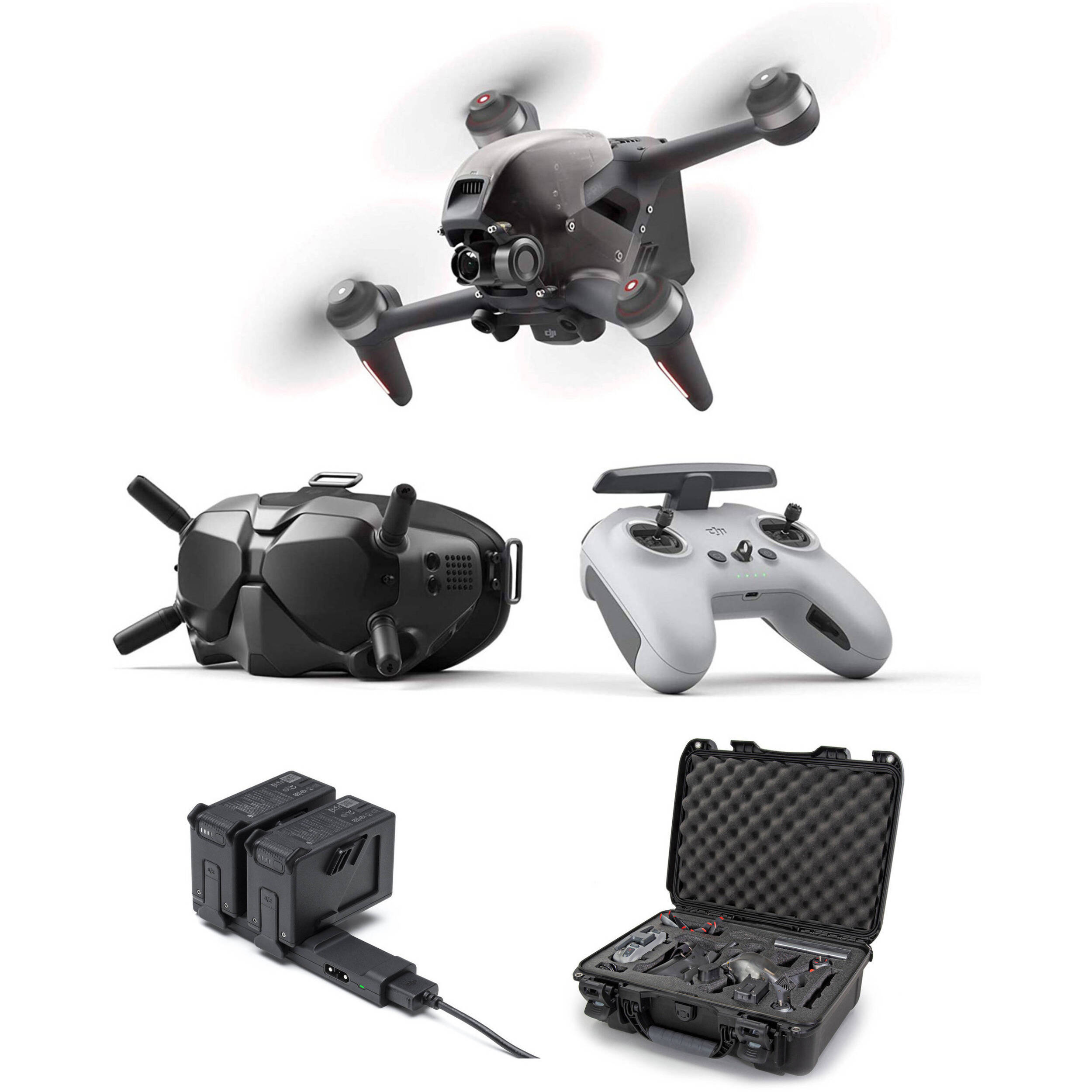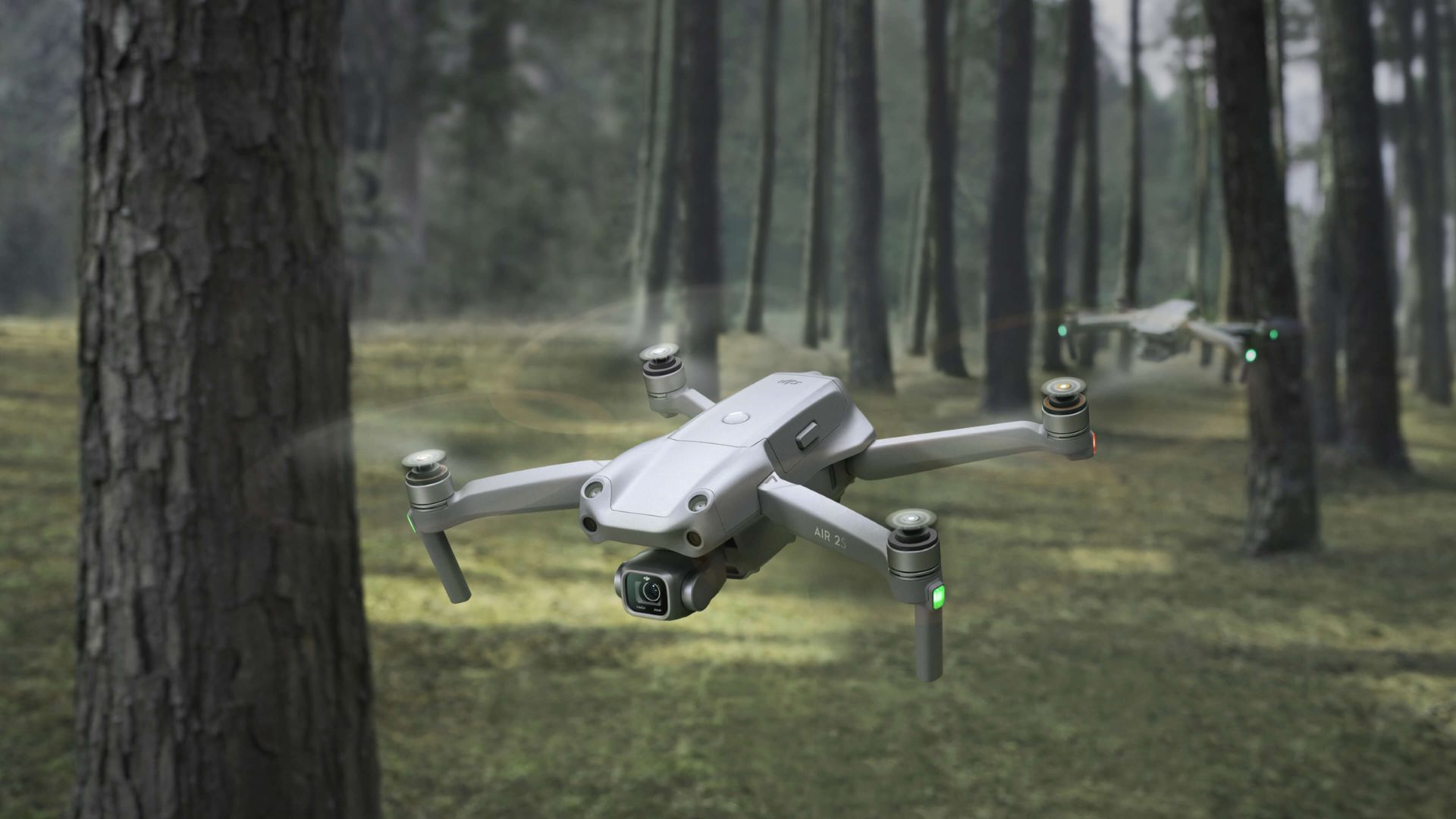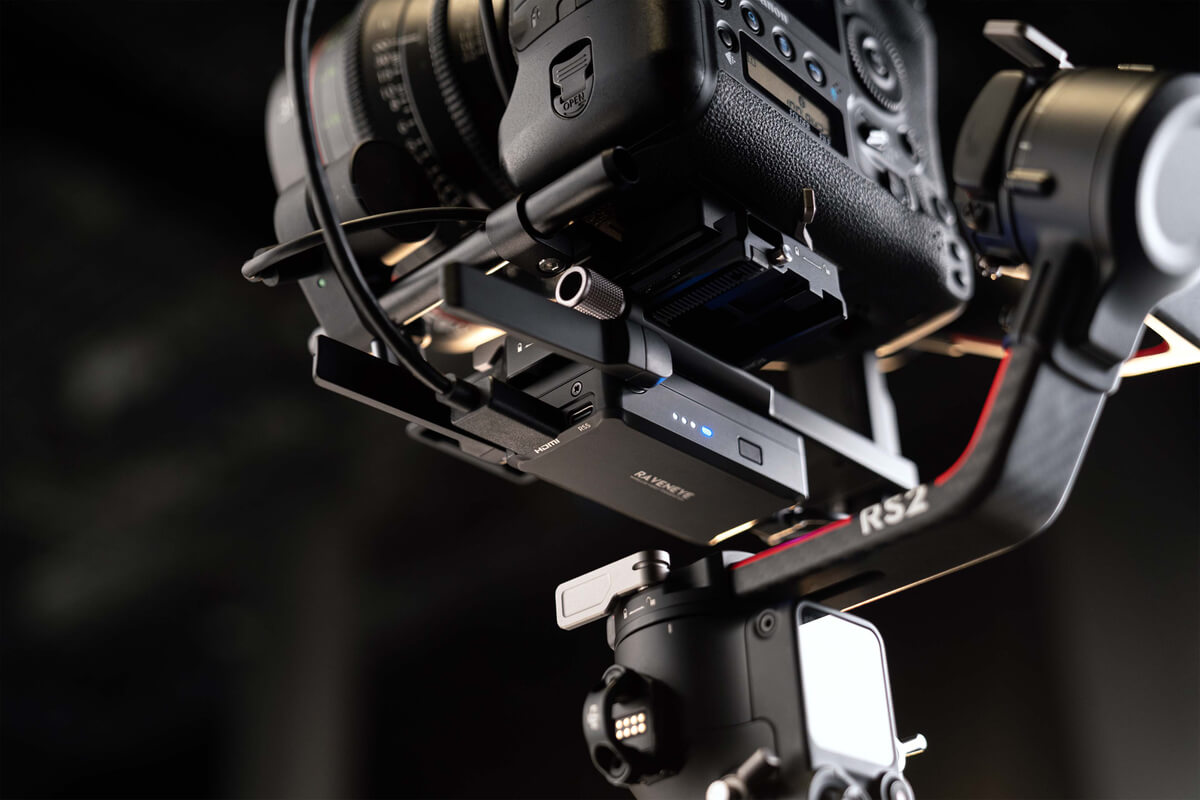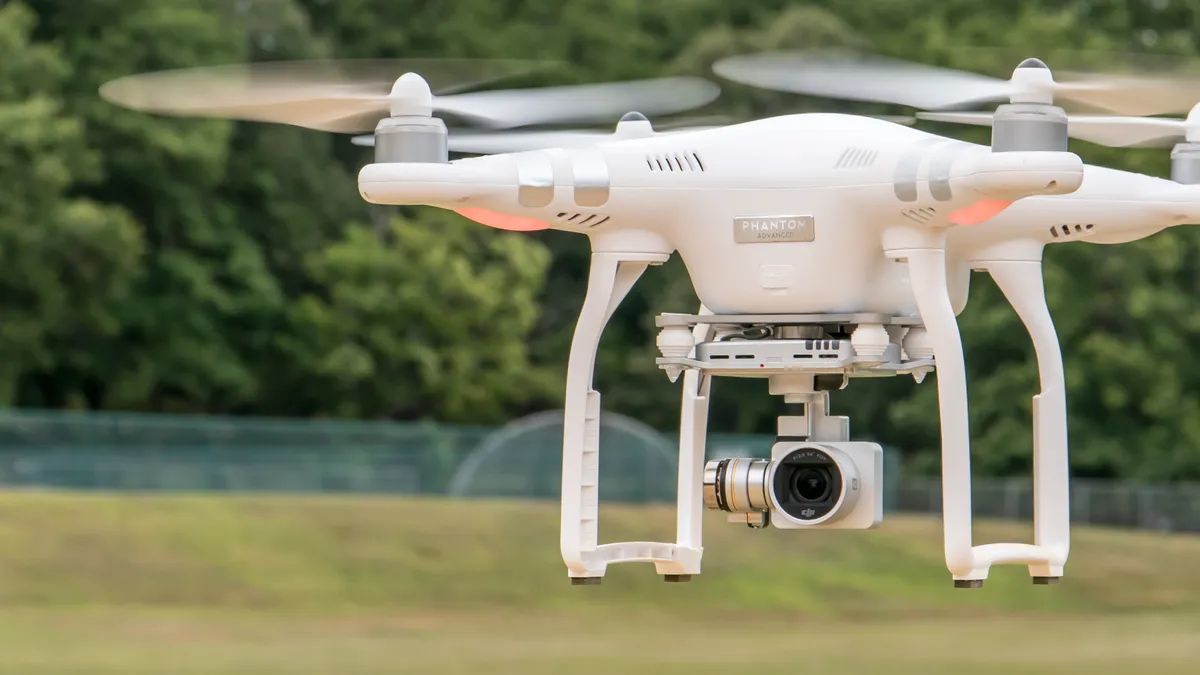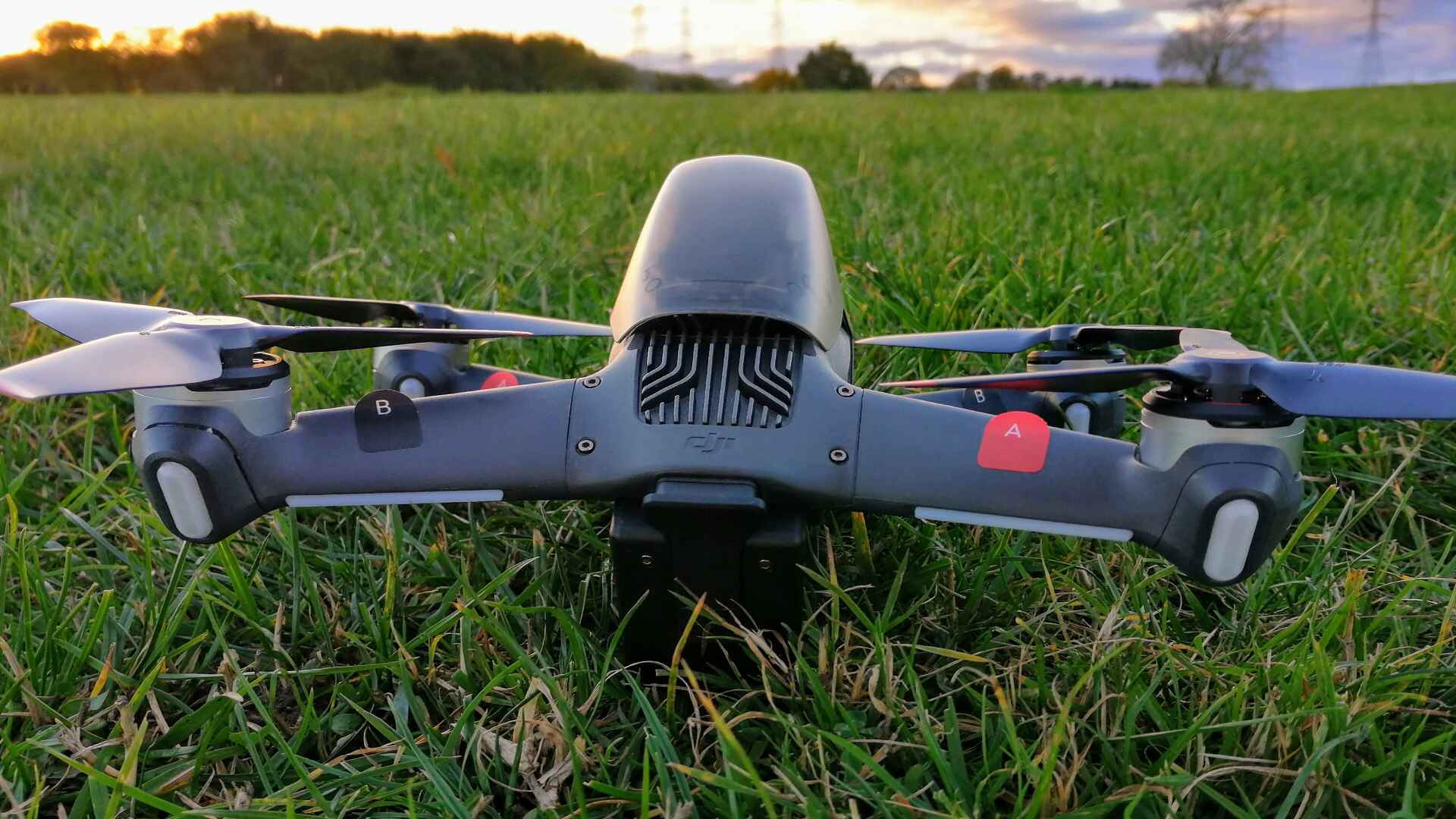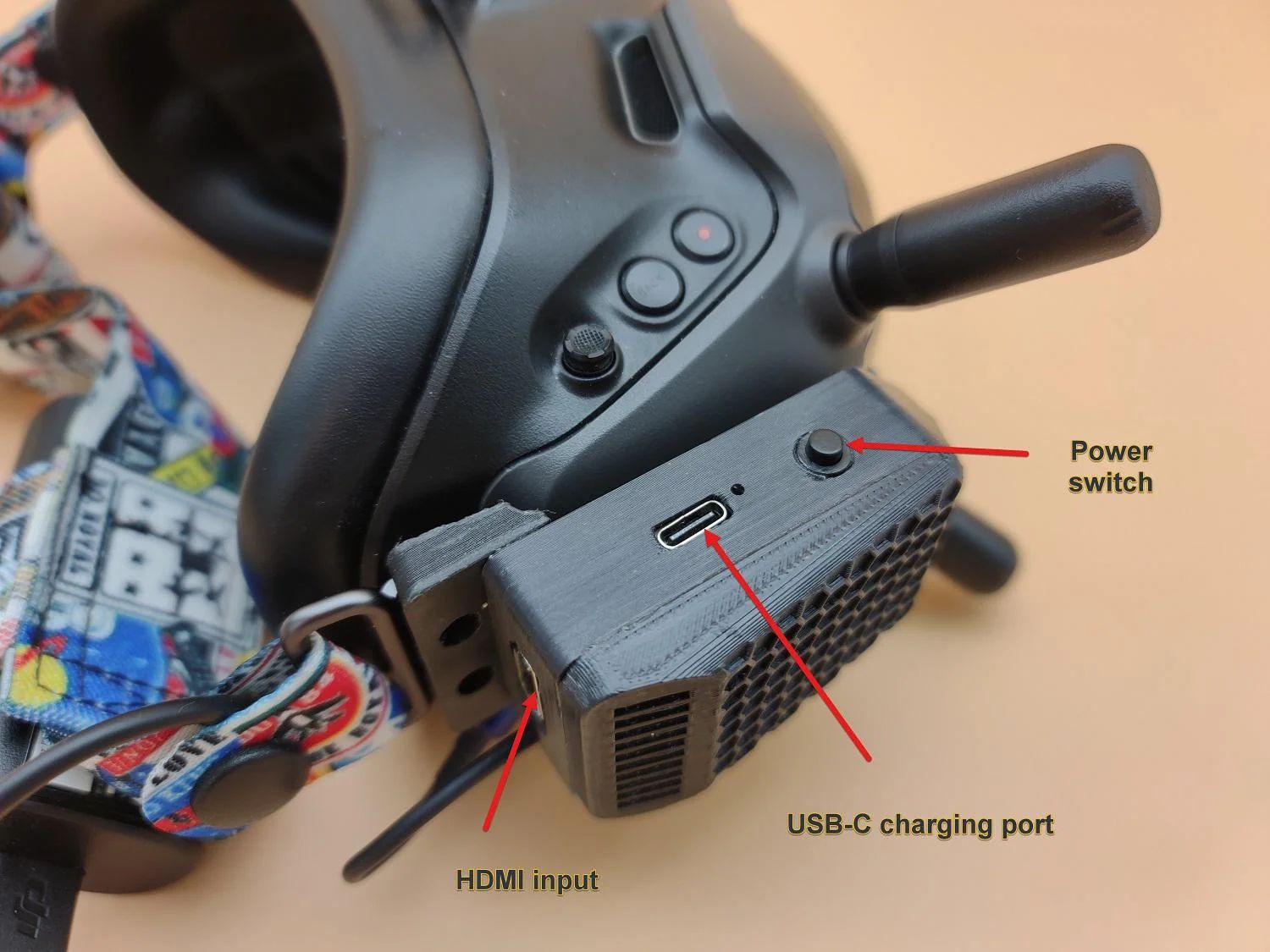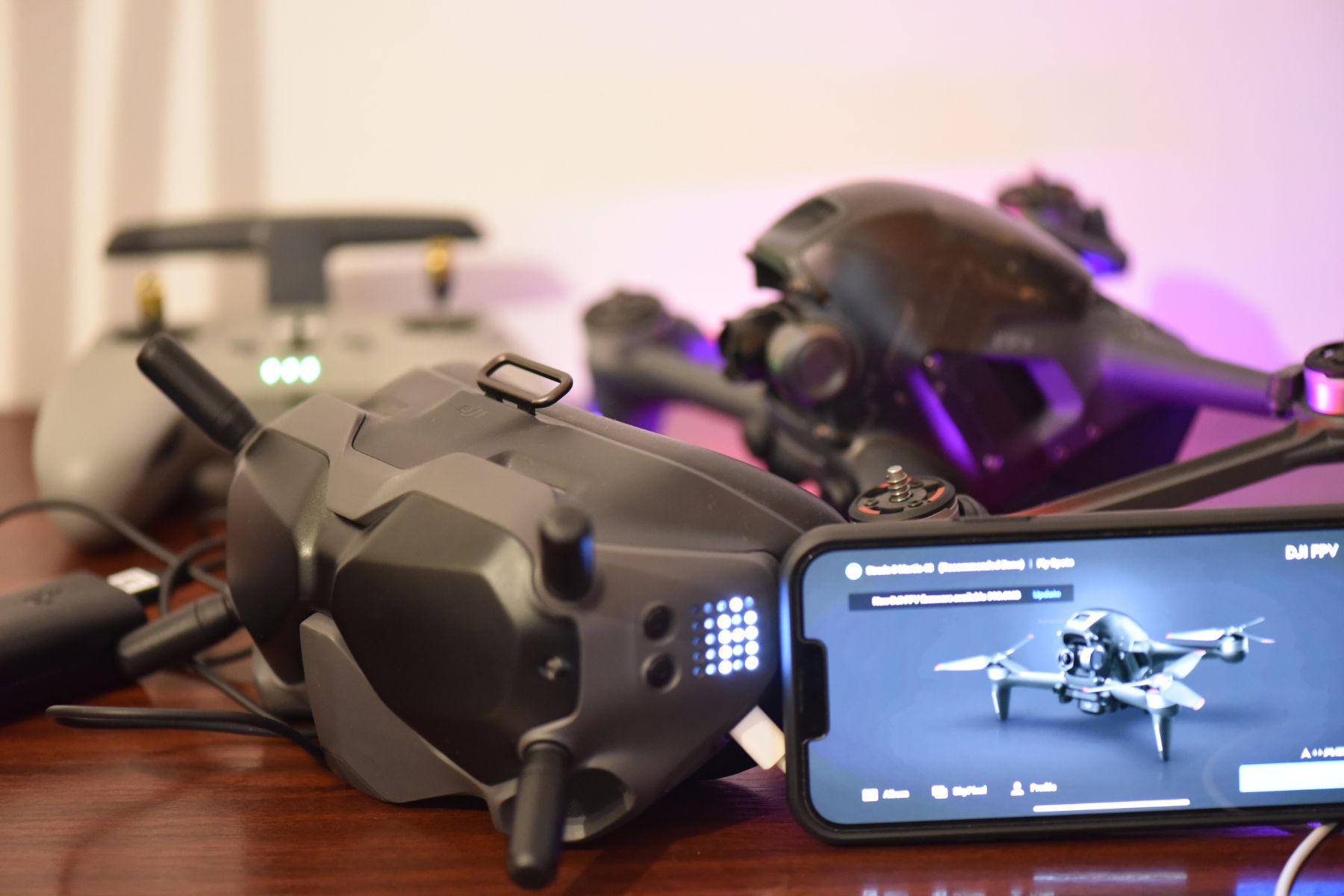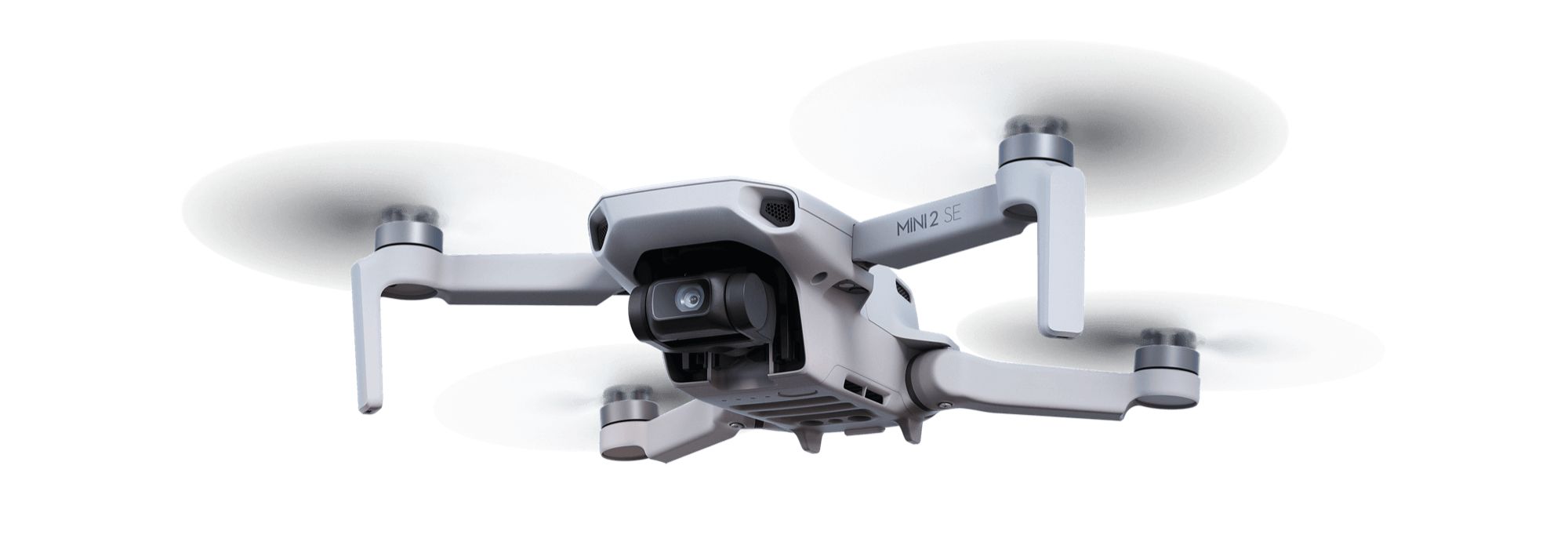Introduction
Welcome to the world of DJI drones! As a drone enthusiast, it’s crucial to understand the technology behind these incredible aerial devices. One aspect that often comes up in discussions about DJI drones is the frequency they use to communicate with the remote controller. By understanding the frequency range of DJI drones and the advantages and disadvantages of different frequencies, you can make informed decisions about which drone is best suited to your needs.
Radio frequencies play a pivotal role in establishing a stable and reliable connection between the drone and the remote controller. DJI drones utilize specific frequency bands to ensure seamless communication in various environments. The choice of frequency is influenced by factors such as range, interference, and regulations imposed by regulatory authorities.
In this article, we will delve deeper into the topic and explore the different frequencies DJI drones use. We will discuss the 2.4 GHz frequency and the 5.8 GHz frequency, highlighting their advantages and disadvantages. By the end of this article, you will have a clear understanding of the frequency options available and be better equipped to choose the right DJI drone for your aerial adventures.
Understanding Radio Frequencies
Before we dive into the frequency range of DJI drones, let’s start by understanding the basics of radio frequencies. Radio frequencies are a range of electromagnetic waves used for wireless communication. These frequencies are divided into different bands, each with its own characteristics and applications.
When it comes to drone technology, radio frequencies play a vital role in establishing a connection between the drone and the remote controller. The drone sends flight commands and receives real-time data through radio waves transmitted and received by the remote controller. The stability and reliability of this communication depend on the frequency used.
Radio frequencies are commonly expressed in gigahertz (GHz), which represents the number of waves that pass through a given point in one second. Higher frequencies have shorter wavelengths and can transmit more data but have a shorter range compared to lower frequencies with longer wavelengths.
It’s important to note that radio frequencies are regulated by authorities such as the Federal Communications Commission (FCC) in the United States. These regulatory bodies allocate specific frequency bands for different uses to prevent interference and ensure efficient communication.
Now that we have a general understanding of radio frequencies, let’s explore the frequency range employed by DJI drones in their wireless communication systems.
The Frequency Range of DJI Drones
When it comes to the frequency range of DJI drones, they primarily operate in two frequency bands: 2.4 GHz and 5.8 GHz. Each frequency band has its own unique characteristics and is suitable for different scenarios.
Let’s start with the 2.4 GHz frequency. This frequency band is commonly used in many consumer electronic devices, including Wi-Fi routers and Bluetooth devices. One of the main advantages of the 2.4 GHz frequency is its ability to penetrate obstacles such as walls and trees more effectively, providing better signal coverage. However, since it is a widely used frequency band, it is more susceptible to interference from other devices operating in the same frequency range.
On the other hand, the 5.8 GHz frequency offers higher data transmission rates and is less crowded compared to the 2.4 GHz band. This makes it a preferred choice for applications that require higher bandwidth, such as live video streaming. However, the shorter wavelength of the 5.8 GHz frequency makes it more prone to signal attenuation and interference from obstacles. This means that the range of the drone may be reduced when operating on the 5.8 GHz frequency.
It’s worth noting that some advanced DJI drone models offer the option to switch between the 2.4 GHz and 5.8 GHz frequencies, providing flexibility for different environments and flight scenarios. This frequency selection feature allows users to optimize their drone’s performance based on factors such as range, signal strength, and interference levels.
Now that we have discussed the frequency range of DJI drones, let’s delve deeper into the advantages and disadvantages of the 2.4 GHz and 5.8 GHz frequencies to understand which option may be best suited for your needs.
The 2.4 GHz Frequency
The 2.4 GHz frequency is a commonly used band for wireless communication in various consumer devices, including DJI drones. This frequency range offers several advantages and considerations for drone pilots.
One of the primary advantages of the 2.4 GHz frequency is its ability to penetrate obstacles. The longer wavelength of this frequency allows it to better traverse through walls, trees, and other obstructions. This means that drone pilots can maintain a stable connection and control their drone even when flying in environments with obstacles.
Additionally, the 2.4 GHz frequency band is less crowded compared to higher frequency bands, which reduces the likelihood of interference from other devices operating in the same frequency range. This helps in maintaining a reliable connection between the drone and the remote controller.
However, one consideration with the 2.4 GHz frequency is its susceptibility to interference from common household devices such as Wi-Fi routers, Bluetooth devices, and microwaves. These devices also operate within the 2.4 GHz frequency range, and their signals can interfere with the drone’s transmission. In congested areas where many devices are operating at this frequency, the signal strength and range of the drone may be affected.
Another factor to consider is the range limitations of the 2.4 GHz frequency. While it provides good coverage and penetration through obstacles, it typically has a shorter range compared to higher frequency bands like 5.8 GHz. This means that the drone may have a limited operating range when using the 2.4 GHz frequency.
In summary, the 2.4 GHz frequency offers good penetration through obstacles and generally experiences less interference compared to higher frequency bands. However, it may be subject to interference from common household devices and has a shorter range compared to higher frequencies. These factors should be taken into account when choosing the frequency for your DJI drone based on your specific flying conditions and requirements.
The 5.8 GHz Frequency
The 5.8 GHz frequency is another widely used band for wireless communication, including in DJI drones. This frequency range offers distinct advantages and considerations compared to the 2.4 GHz frequency.
One of the main advantages of the 5.8 GHz frequency is its ability to support higher data transmission rates. This makes it ideal for applications that require real-time video streaming, such as FPV (First-Person View) flying. The higher bandwidth provided by the 5.8 GHz frequency allows for more detailed and smoother video transmission.
Additionally, the 5.8 GHz frequency band is typically less crowded compared to the 2.4 GHz band. With fewer devices operating in this frequency range, there is less potential for interference from other devices. This helps maintain a more stable and reliable connection between the drone and the remote controller.
However, it’s important to note that the shorter wavelength of the 5.8 GHz frequency can result in reduced signal range and increased susceptibility to signal attenuation from obstacles. Unlike the 2.4 GHz frequency, the 5.8 GHz frequency may have difficulty penetrating walls, trees, and other obstructions. This means that the range of the drone may be limited when operating on the 5.8 GHz frequency, especially in environments with a high density of obstacles.
Another consideration is the potential for interference from other devices operating within the 5.8 GHz frequency range. While this band is generally less crowded, there may still be other wireless devices, such as video transmitters, operating on neighboring channels that could cause interference.
In summary, the 5.8 GHz frequency provides higher data transmission rates and lower potential for interference compared to the 2.4 GHz frequency. However, it has a shorter range and may face challenges when it comes to signal penetration through obstacles. It’s important to consider the specific flight conditions and requirements before deciding to use the 5.8 GHz frequency for your DJI drone.
Advantages and Disadvantages of 2.4 GHz and 5.8 GHz
When choosing between the 2.4 GHz and 5.8 GHz frequencies for your DJI drone, it’s essential to consider the advantages and disadvantages of each option. Let’s explore these factors in more detail:
Advantages of 2.4 GHz:
- Better penetration: The longer wavelength of the 2.4 GHz frequency allows for better signal penetration through obstacles, making it suitable for flying in environments with walls, trees, and other obstructions.
- Wider range of compatible devices: Since the 2.4 GHz frequency is widely used in various consumer devices, it offers better compatibility with Wi-Fi routers, Bluetooth devices, and other wireless technologies.
- Lower potential for interference: Despite being more prone to interference from common household devices, the 2.4 GHz frequency band typically experiences less congestion compared to the 5.8 GHz band.
Disadvantages of 2.4 GHz:
- Potential interference: The 2.4 GHz frequency is used by various household devices, which can potentially interfere with the drone’s transmission, leading to a degraded signal and reduced range.
- Shorter range: While it excels in obstacle penetration, the 2.4 GHz frequency tends to have a shorter range compared to higher frequencies, limiting the operating distance of the drone.
Advantages of 5.8 GHz:
- Higher data transmission rates: The 5.8 GHz frequency offers higher bandwidth, making it ideal for applications that require real-time video streaming and FPV flying.
- Reduced interference: With fewer devices operating in the 5.8 GHz frequency range, there is less potential for interference, resulting in a more stable and reliable connection.
Disadvantages of 5.8 GHz:
- Shorter range and weaker obstacle penetration: The shorter wavelength of the 5.8 GHz frequency can result in reduced signal range and increased susceptibility to signal attenuation from obstacles, limiting the drone’s operating distance in environments with obstructions.
- Potential interference from neighboring channels: While the 5.8 GHz band is less crowded, there may still be other devices operating on neighboring channels that could cause interference.
By considering these advantages and disadvantages, you can make an informed decision on which frequency is best suited for your specific flying needs and environmental conditions.
Frequency Selection in DJI Drones
DJI understands the importance of flexibility and adaptability when it comes to frequency selection in their drones. That’s why many advanced DJI drone models offer the option to switch between the 2.4 GHz and 5.8 GHz frequencies, allowing users to optimize their drone’s performance based on specific flight scenarios and environmental conditions.
The ability to switch between frequencies provides drone pilots with the opportunity to take advantage of the benefits offered by each frequency band. For example, in situations where obstacle penetration or a wider range is crucial, pilots can opt for the 2.4 GHz frequency. On the other hand, for live video streaming or scenarios that require higher data transmission rates, the 5.8 GHz frequency may be the preferred choice.
When selecting the frequency on a DJI drone, it’s essential to consider various factors such as the flight location, potential sources of interference, and the nature of the flight mission. If you are flying in an area with numerous Wi-Fi routers or other devices operating at the 2.4 GHz frequency, you may experience more interference and may want to consider switching to the less crowded 5.8 GHz frequency if your drone model supports it.
It’s also worth noting that some DJI drones automatically select the best frequency based on the environmental conditions and interference levels. This feature, known as the “Auto” mode, allows the drone to intelligently analyze the signal strength and interference and switch between frequencies to maintain a stable and reliable connection.
Ultimately, the frequency selection in DJI drones provides flexibility and empowers the pilot to choose the most appropriate frequency for their specific needs. By considering the flight requirements, potential sources of interference, and the advantages and disadvantages of each frequency band, drone pilots can make an informed decision that ensures optimal performance and a seamless flying experience.
Conclusion
Understanding the frequency range of DJI drones is essential for drone enthusiasts and pilots alike. The choice of frequency directly impacts the drone’s performance, signal stability, and range in different environments. By exploring the 2.4 GHz and 5.8 GHz frequency bands, we have gained insights into the advantages and considerations of each option.
The 2.4 GHz frequency excels in obstacle penetration and offers wider compatibility with various consumer devices. However, it can be susceptible to interference from other devices and has a shorter range compared to higher frequencies.
On the other hand, the 5.8 GHz frequency provides higher data transmission rates and experiences less congestion, resulting in a more stable connection. However, it may face challenges in signal penetration and has a shorter range compared to the 2.4 GHz frequency.
DJI understands the importance of frequency flexibility and allows pilots to switch between the 2.4 GHz and 5.8 GHz frequencies in many of their advanced drone models. This provides the opportunity to select the most suitable frequency based on the flight scenario, interference levels, and specific requirements.
When selecting the frequency for your DJI drone, consider factors such as obstacle penetration, range, potential interference, and the nature of your flight missions. By making an informed decision, you can optimize the performance and enjoy a seamless flying experience.
In conclusion, understanding the frequency range of DJI drones and considering the advantages and disadvantages of different frequencies empowers drone pilots to make informed decisions that align with their specific needs and flying conditions. So, go ahead and take to the skies with confidence, knowing that you have chosen the right frequency for your DJI drone adventures.







